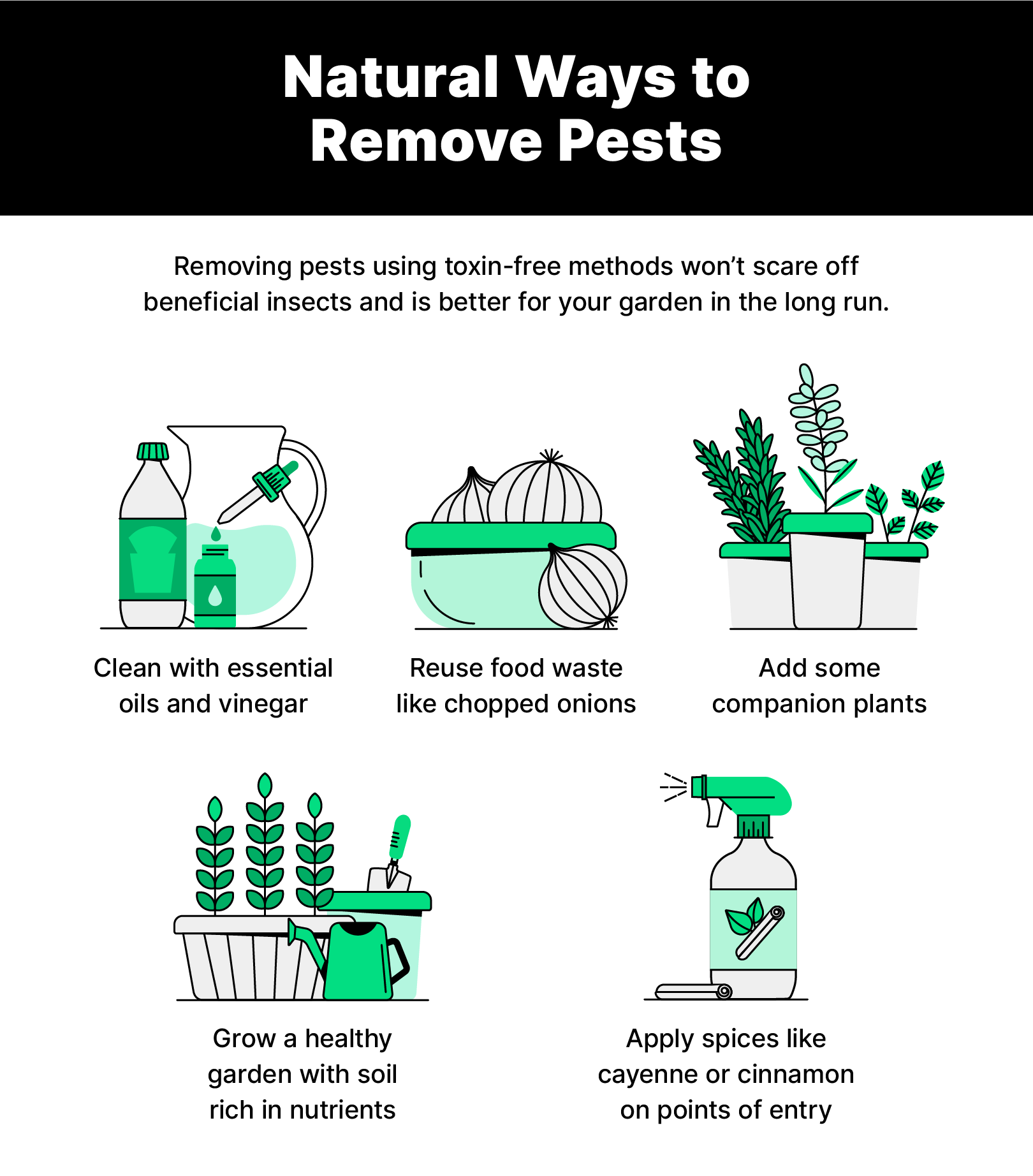This post may contain affiliate links which means I may receive a commission for purchases made through links. Learn more on my Private Policy page.
Hello there! Are you looking for effective ways to keep pesky pests away from your farm without relying on harmful chemicals? Look no further! In this article, we will discuss the best practices for using natural pest repellents in your farm. From companion planting to homemade DIY sprays, we’ve got you covered with safe and eco-friendly solutions to protect your crops. Say goodbye to harmful pesticides and hello to a thriving, pest-free farm! Have you ever wondered how you can keep pests away from your farm without using harmful chemicals? In this article, we will explore the best practices for using natural pest repellents in your farm to help you protect your crops in an eco-friendly way.
Understanding the Importance of Natural Pest Repellents
When it comes to protecting your crops from pests, using natural pest repellents is not only better for the environment but also safer for you and your family. Chemical pesticides can have harmful effects on the soil, water, and air, as well as on the health of those who consume the crops. By using natural pest repellents, you can reduce the risk of pesticide exposure and help maintain a healthy ecosystem on your farm.

Types of Natural Pest Repellents
There are various types of natural pest repellents that you can use on your farm. Some of the most common ones include:
-
Neem oil: Neem oil is derived from the seeds of the neem tree and is known for its insecticidal properties. It can be effective in controlling a wide range of pests, including aphids, mites, and caterpillars.
-
Garlic spray: Garlic has natural insect-repelling properties and can be used to deter pests such as beetles, aphids, and caterpillars. You can make your own garlic spray by blending garlic cloves with water and straining the mixture.
-
Essential oils: Essential oils like peppermint, lavender, and eucalyptus can also be used as natural pest repellents. These oils have strong scents that can deter pests without harming your crops.
-
Diatomaceous earth: Diatomaceous earth is a natural substance that is made from the fossilized remains of algae. It can be effective in controlling pests like slugs, snails, and ants by dehydrating them.

Implementing Natural Pest Repellents on Your Farm
Now that you know about the different types of natural pest repellents available, it’s important to understand how to effectively implement them on your farm. Here are some best practices to help you get started:
Identify the Pests
Before you can effectively use natural pest repellents, you need to identify the pests that are causing damage to your crops. Take the time to observe your plants and look for signs of pest infestation, such as chewed leaves, holes in fruits, or sticky residue. Once you have identified the pests, you can choose the right repellents to target them.
Research the Best Repellents
Not all natural pest repellents are effective against all types of pests. It’s important to do your research and find out which repellents are most suitable for the pests you are dealing with. Some pests may be more sensitive to certain repellents than others, so it’s important to choose the right ones for your specific situation.
Test a Small Area
Before applying natural pest repellents to your entire farm, it’s a good idea to test them on a small area first. This will allow you to see how effective the repellents are and whether they cause any adverse effects on your crops. If you notice any negative impact, you can adjust the dosage or switch to a different repellent.
Follow Application Instructions
When applying natural pest repellents, it’s important to follow the instructions carefully. Some repellents may need to be diluted with water, while others may need to be applied at specific times of the day. By following the instructions, you can ensure that the repellents are effective in protecting your crops from pests.
Monitor and Evaluate
After applying natural pest repellents to your farm, it’s important to monitor the results and evaluate their effectiveness. Check your crops regularly for signs of pest damage and make note of any improvements or setbacks. If you find that the repellents are not working as expected, you may need to adjust your application methods or try a different repellent.

Tips for Success with Natural Pest Repellents
To maximize the effectiveness of natural pest repellents on your farm, here are some additional tips to keep in mind:
-
Rotate Repellents: Pests can become resistant to certain repellents over time, so it’s important to rotate them regularly. This will help prevent pests from building up a tolerance to the repellents and increase their effectiveness.
-
Maintain Healthy Soil: Healthy soil can help strengthen your plants and make them more resistant to pests. Make sure to provide your crops with proper nutrients, water, and sunlight to help them thrive and minimize pest problems.
-
Attract Beneficial Insects: Some insects are natural predators of pests and can help keep their populations in check. Plant flowers and herbs that attract beneficial insects, such as ladybugs and lacewings, to your farm to help control pest infestations.
-
Practice Crop Rotation: Rotating your crops can help disrupt pest cycles and reduce the risk of infestations. By planting different crops in the same area each season, you can minimize the buildup of pests that target specific plants.
By following these best practices and tips, you can effectively use natural pest repellents to protect your crops and maintain a healthy and sustainable farm. Remember to be patient and persistent in your efforts, as it may take some time to see the full benefits of using natural pest repellents on your farm.

This post may contain affiliate links which means I may receive a commission for purchases made through links. Learn more on my Private Policy page.

